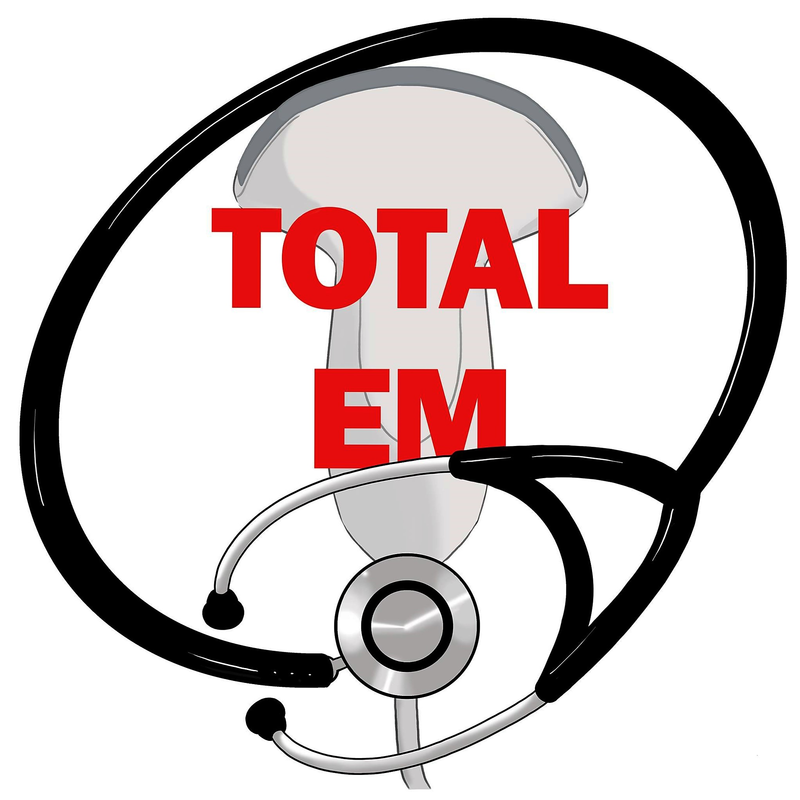|
For this round of EM ID, Patrick Bafuma interviews Dr. Sandra Gompf who specializes in infectious disease and has Gompf's ID Pearls. They focus primarily on delirium, indwelling Foley catheters, and callbacks.
What do we do about cultures and what about callbacks?
Common blood contaminants include:
Gram negative bacillus, staph aureus, and yeast SHOULD NOT be assumed to be contaminants! Do you treat the “asymptomatic” men differently than women?
Bottom line on asymptomatic bacteruria (ASB)
Exceptions to not treating ASB
Should we culture everyone?
Treatment of symptoms with NSAIDs or phenazopyridine (Pyridium or AZO)?
Colonization and indwelling catheters
Delirium and UTIs
Let us know what you think by giving us feedback here in the comments section or contacting us on Twitter or Facebook. Remember to look us up on Libsyn and on iTunes. If you have any questions you can also comment below, email at [email protected], or send a message from the page. We hope to talk to everyone again soon. Until then, continue to provide total care everywhere.
1 Comment
wendy bannerman
12/20/2023 01:21:22 pm
Permanent solution to Herpes..
Reply
Leave a Reply. |
Libsyn and iTunesWe are now on Libsyn and iTunes for your listening pleasure! Archives
August 2022
Categories |
||||||


 RSS Feed
RSS Feed